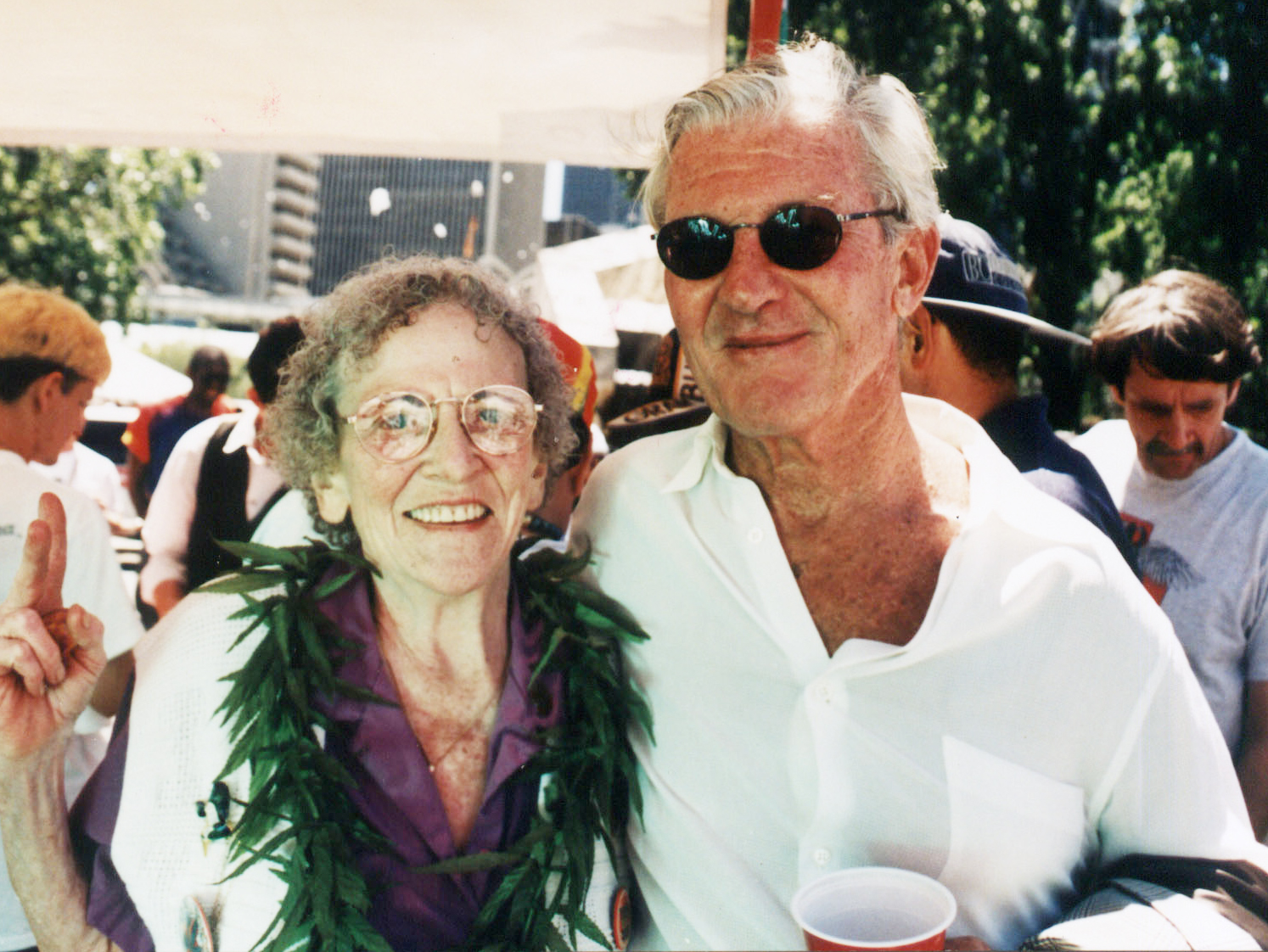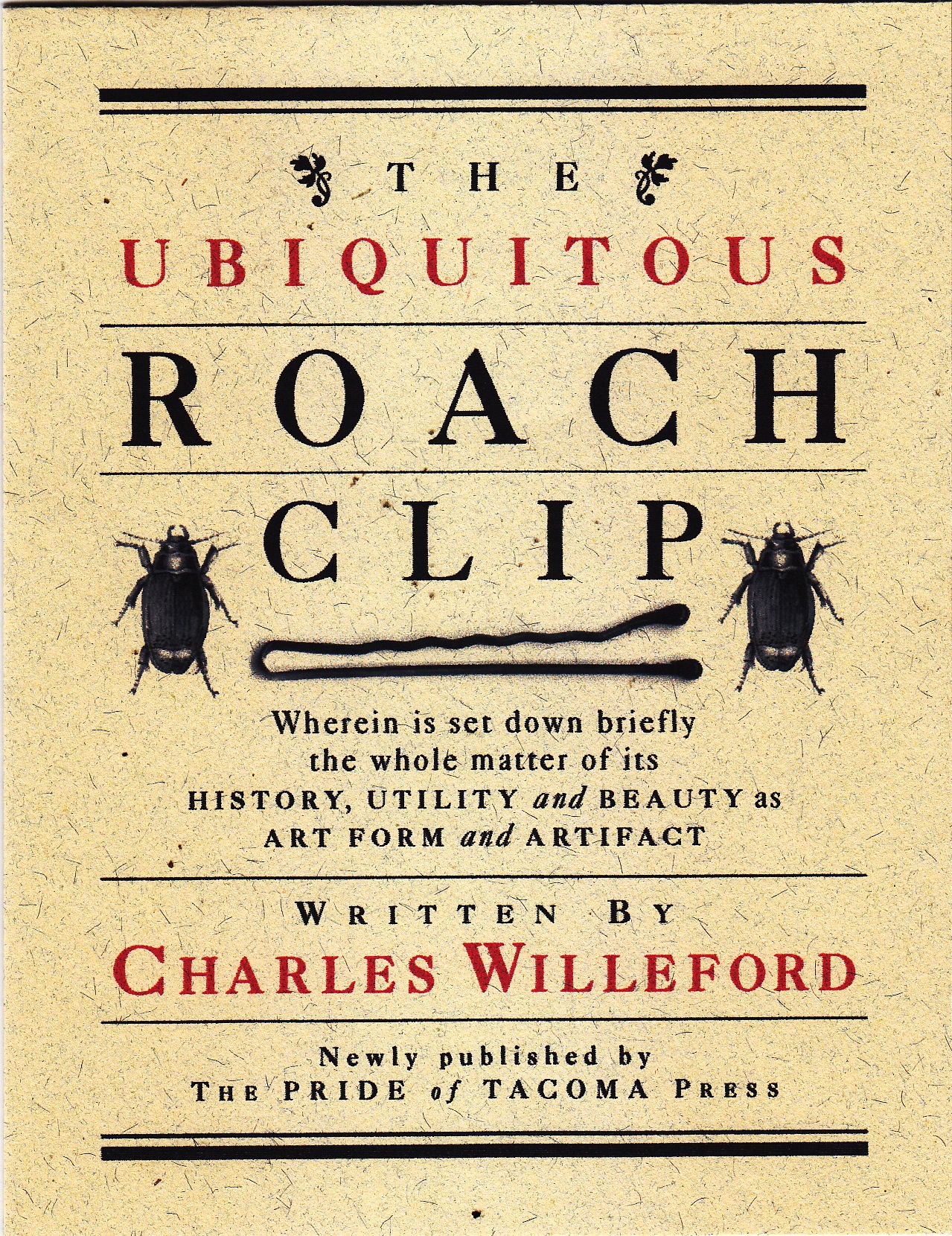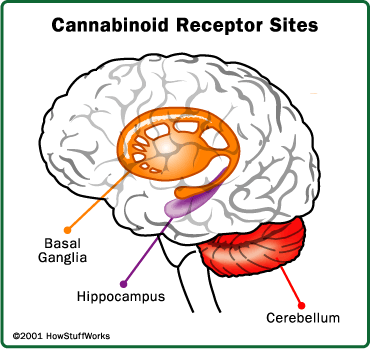May 14, 2014 By Bridget M. Kuehn for JAMA Online:
When Colorado legalized possession of small amounts of marijuana in January, the action catapulted the state to the forefront of discussions about drug policy. But the state is no newcomer to marijuana policy. Since 2000, Colorado has allowed patients access to limited amounts of marijuana as therapy for 8 conditions: pain, cancer, glaucoma, HIV/AIDS, cachexia, persistent muscle spasms, seizures, and severe nausea
Larry Wolk, MD, MSPH, executive director and chief medical officer for the Colorado Department of Public Health and Environment, talked with JAMA recently about the state’s experience and what clinicians need to know about medical marijuana. This interview has been edited for brevity and clarity.
JAMA: For readers who may not be aware, what does Colorado allow in terms of medical marijuana?
Dr Wolk: The state constitution allows for a standard amount for any one of eight conditions. That standard amount was established when the program was established, and it’s 2 ounces or 6 plants. Of the recommendations we receive for medical marijuana, 94% to 95% are for pain.
JAMA: What about nonmedical marijuana?
Dr Wolk: As of January 1st, we passed—by a voter referendum—the legalization of marijuana for nonmedical use. The difference there is that allowance is for one ounce. There are no restrictions with regard to any type of medical condition. It’s really just an age and residency restriction. Visitors to the state are also allowed to purchase marijuana if they are of age [21 years old], but it’s in a smaller quantity, less than an ounce.
JAMA:What about patients from other states?
Dr Wolk: For the legalized use program, or what people sometimes refer to as the recreational program, visitors or patients can go into a retail shop and purchase an amount less than an ounce. If you are hoping to get access to the medical marijuana program or a dispensary, that is not allowed unless you establish residency in the state.
JAMA:How does a physician prescribe marijuana?
Dr Wolk:A physician doesn’t prescribe marijuana; the physician has to make a recommendation. There’s an application form a patient will take to a physician and then the physician makes a recommendation based on 1 of those 8 conditions. There is this 2-tiered approach. The recommendation can be for the standard amount, which is 6 plants or 2 ounces. The constitution also allows for an excess amount based on medical necessity. A physician can make a recommendation for something in excess of 2 ounces or 6 plants. But that is an area we are cracking down on because there really is no evidence of a dose-related response to marijuana from a medical standpoint.
So I think we have had passive permissiveness to allow for excess amounts to be recommended, because certain edibles or certain oils or certain products require more than 2 ounces or 6 plants. But there is really no medical basis for that. So we’ve recently turned off unless the recommending physician can provide references to clinical studies, peer-reviewed literature, and even just longitudinal clinical notes so that there’s a community standard of clinical care provided to these patients where they’re monitoring objective information like vital signs, laboratory tests, EEGs. It’s really following patients in a clinical longitudinal fashion like you would if you are trying to do some sort of dose-related trial for a patient of any kind of medication.
If you are a minor, you do require 2 physician recommendations rather than just 1.
JAMA: Are there unique considerations for using marijuana as an analgesic vs other analgesic drugs?
Dr Wolk: Medically speaking, I don’t think so. It’s based on the culture of patient preference. I think as we know, pain really covers a wide spectrum of potential causes and an even wider spectrum of potential treatments. Medical marijuana is just another potential treatment for any number of causes of that pain. This allows patients to have access to marijuana as another potential treatment option for their pain.
JAMA:Is there any evidence for claims that medical marijuana can treat childhood seizure disorders or a range of other conditions?
Dr Wolk: There really is very little evidence base for these claims. Again, marijuana has not been legal until January in this country. To conduct human trials as it relates to the use of marijuana in seizures or in any number of conditions has been impossible. Now we have the possibility to try and build something of a research base around this, which will, of course, have its own challenges.
There’s a fair amount of laboratory data, animal studies, and some very limited human subjects studies from other countries that lead people to believe there may be a medicinal effect—especially with the cannabidiol component rather than the THC [tetrahydrocannabinol, the main psychoactive constituent of marijuana] component, when it comes to the potential for treating epilepsy in adults and children. But any media stories of late about any of the products that have been available in Colorado—most notably, a product called Charlotte’s Web or a number of other derivatives of what is called the high-cannabidiol [CBD] oil—really can only be treated as anecdotal information.
There is plenty of media attention around those kids that seemingly respond to the high-CBD oil, but we don’t know anything about those kids who haven’t responded. We certainly don’t know anything about the potential toxic effects or side effects that high-CBD oil—or really any other marijuana-based product—would have when used this way in children.
JAMA:Is there funding available for this kind of research?
Dr Wolk:We do have about $10 million in excess funds we collected over the course of the past 10 years from patients who pay to have their medical marijuana registry cards. We have gone to the legislature to ask for spending authority, so that $10 million can be used to conduct research studies around some of the very questions you’ve asked.
Are there observational studies we can set up here in Colorado so that we can get a better idea of what the true effects and potential side effects are of marijuana-based products for use in seizure disorder for kids, adolescent brain development, posttraumatic stress disorder, or any number of different conditions, which there seems to be a clamoring for? For reality-based studies, we want to test the products that are in the market so we can get some good observational information about whether or not there is effectiveness and what the side effects are.
JAMA:Where can physicians get reliable information on medical marijuana?
Dr Wolk: The same places they would get reliable information on any pharmaceutical or technology. Consider marijuana as an emerging treatment, if you will. There are a lot of different sources out there. We here in Colorado through the health department launched a website about a month ago, so at least people had a place to start, whether you are a physician, teacher, a parent, or even a child. Anybody who has a question about medical efficacy or legality issues can come to our http://www.colorado.gov/marijuana website. It’s at least a place to start and be directed to what we consider to be good evidence-based research and information.
As I’ve told fellow physician colleagues, we want to apply the same rules and logic to marijuana that we do to any other emerging treatment.
JAMA:From a public health standpoint, what concerns do you have about wider availability of this drug?Dr Wolk: First and foremost, we are concerned about the availability and accessibility to children and adolescents. Certainly, with this being another substance available in the home and one that could potentially be harmful if ingested by young kids, we want to be sure packaging is child resistant.
With the emerging “edible market,” we want to make sure we can ensure the same food safety standards the US Food and Drug Administration [FDA] ensures. This is little bit of a problem because the federal government and FDA still consider this illegal. We have to create our own mini-FDA here to ensure food safety when it comes to consumption of the medical marijuana products.
Making sure that people have information [is a priority]. The same information we have access to, we give to the people of Colorado. What do we know about the smoke? Our Clean Air Act applies to marijuana just as it does to tobacco smoke, so we have that one covered. There is obviously the adolescent brain development issue. We want to be sure parents, teachers, and kids themselves are informed about what we truly do know about marijuana. We want to make sure everybody is informed with the information that is factual and readily available.





